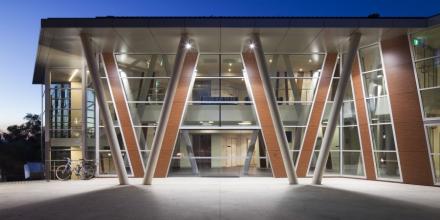Congested (non-linear) export spillover in China: A firm-level analysis

Event details
ACDE Seminar
Date & time
Venue
Speaker
Contacts
This paper uses the Chinese firm-level data to investigate the possible nonlinear export spillover against the background of linear export spillover effects which are often assumed in literature.
The key hypothesis is that there exists an inverted-U curve in terms of export spillover effect, resulting from the fact that once exporters’ agglomeration surpasses certain turning-point, export congestion is likely to cause some negative export spillovers. The estimation results support the hypothesis that an inverted-U curve of export spillover effect apply, particularly to large exporting countries such as China. Further calculation shows that the degree of Chinese exporters’ congestion roughly ranges around 17-34 per cent; and the export congestion demonstrates an increasing trend over time.
The findings help reconcile the mixed results of export spillovers in literature. The existence of the negative export spillovers, resulting from the over expansion of Chinese exports in the past, raises an issue about the sustainability of China’s export growth. Policies aimed at reducing export congestion such as industrial upgrading, improvement of firms’ efficiency, economic cooperation, regional development, and shifts towards domestic demand would be important for a more healthy development of China’s exports in the future.
Updated: 28 July 2024/Responsible Officer: Crawford Engagement/Page Contact: CAP Web Team






